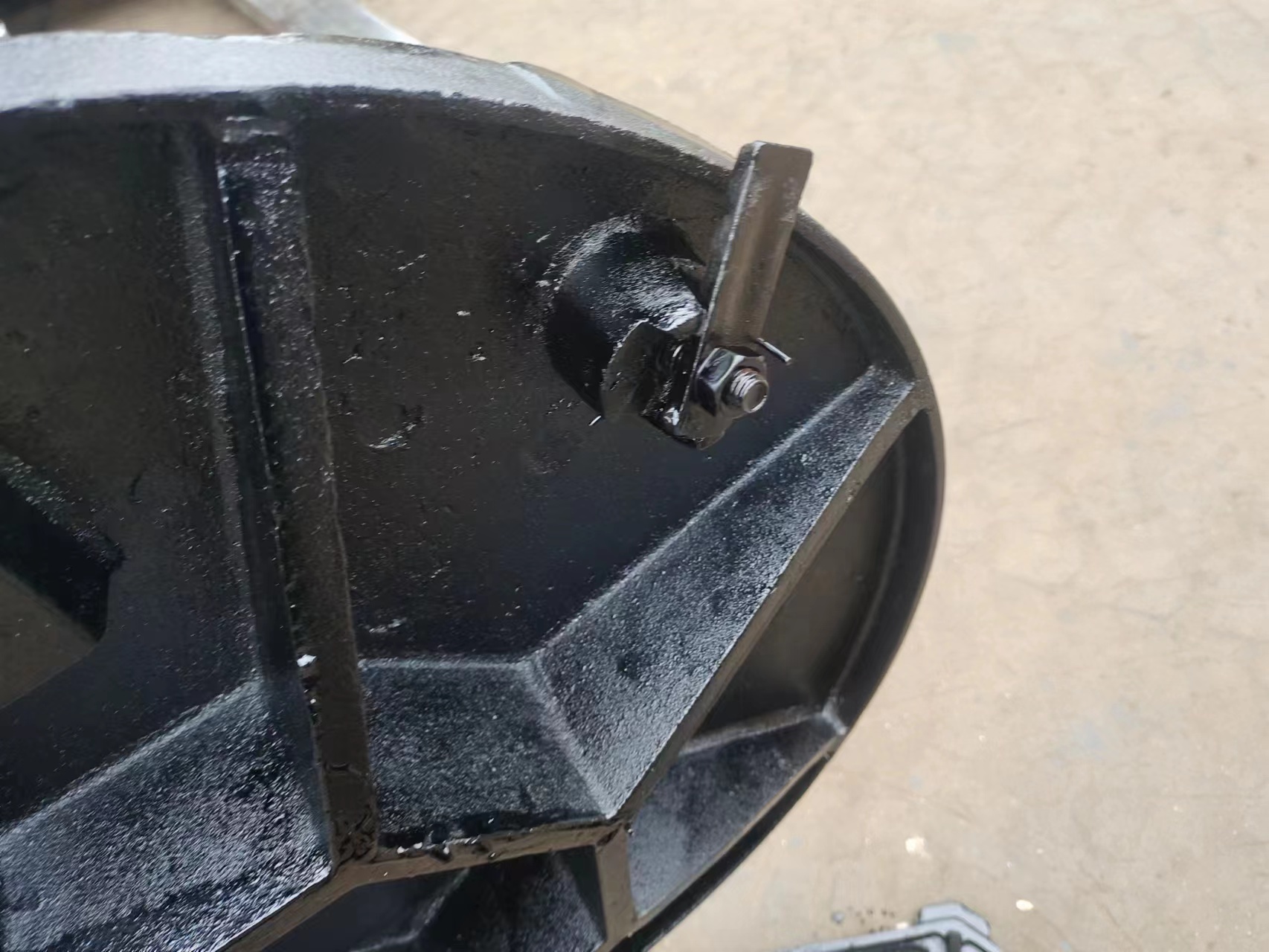remote control bollards
The Evolution and Importance of Remote Control Bollards
In the age of urbanization and rising security concerns, the need for effective crowd control and vehicle management has never been more critical. Among the numerous solutions designed to address these issues, remote control bollards stand out as an innovative and efficient option. These technologically advanced structures not only enhance security but also aid in the seamless flow of traffic in crowded environments.
What are Remote Control Bollards?
Remote control bollards are vertical posts installed in roadways or pedestrian zones to manage vehicle access. Unlike traditional fixed bollards, these systems are equipped with electronic mechanisms allowing them to be raised or lowered remotely. This flexibility enables authorized vehicles to pass while obstructing unauthorized access, making them an ideal solution for sensitive locations such as government buildings, event venues, and commercial districts.
Functionality and Features
The design of remote control bollards includes hydraulic or electromechanical systems which enable them to operate smoothly and efficiently. Operators can control the bollards using key fobs, smartphone applications, or integrated traffic management systems. This remote functionality not only enhances user convenience but also provides a level of security that is both robust and non-intrusive.
Furthermore, many advanced models come with additional features such as LED lights that indicate whether the bollard is up or down, and sensors that prevent accidental damage or collisions. Some systems even include security cameras and alarms to further enhance surveillance and deter potential threats.
Applications in Urban Settings
remote control bollards

Remote control bollards have found their way into various urban applications. In city centers, they are often used to create pedestrian zones while still allowing access for deliveries and emergency services. This dual functionality is particularly beneficial in busy areas where foot traffic is high, yet the need for service vehicles remains.
In special events, the use of bollards can be seen as a precautionary measure. They can be deployed to create secure perimeters, effectively managing crowds and preventing unauthorized vehicle access. Their remote control capability allows for real-time adaptation to the event’s needs, ensuring safety while maintaining accessibility.
Security Enhancements
The increasing reliance on remote control bollards can be attributed to their effectiveness in mitigating security threats. Many urban areas are implementing these systems in the wake of rising concerns about terrorist attacks and vehicle-related crimes. By controlling vehicle access, cities can significantly reduce the risk of such incidents.
Moreover, these bollards can be integrated with broader security systems, including surveillance cameras and alarm systems. This interconnectedness allows for instant alerts and streamlined emergency responses, providing a comprehensive security solution to urban planners and business owners.
Conclusion
As urban landscapes continue to evolve and expand, the demand for innovative security solutions becomes more pronounced. Remote control bollards represent a significant advancement in traffic management and urban security. They not only provide a physical barrier to prevent unauthorized vehicle access but also offer flexibility and control that traditional bollards cannot.
Ultimately, the adaptability and technology behind remote control bollards make them a pivotal component of modern urban planning. As cities worldwide seek to balance security with accessibility, these innovative structures will likely play an increasingly important role in shaping how we navigate and interact with public spaces. In the long run, the integration of these bollards presents not just a solution to security challenges but an opportunity for smarter, more responsive urban design.
-
The Smarter Choice for Pedestrian AreasNewsJun.30,2025
-
The Gold Standard in Round Drain CoversNewsJun.30,2025
-
The Gold Standard in Manhole Cover SystemsNewsJun.30,2025
-
Superior Drainage Solutions with Premium Gully GratesNewsJun.30,2025
-
Superior Drainage Solutions for Global InfrastructureNewsJun.30,2025
-
Square Manhole Solutions for Modern InfrastructureNewsJun.30,2025
-
Premium Manhole Covers for Modern InfrastructureNewsJun.30,2025
